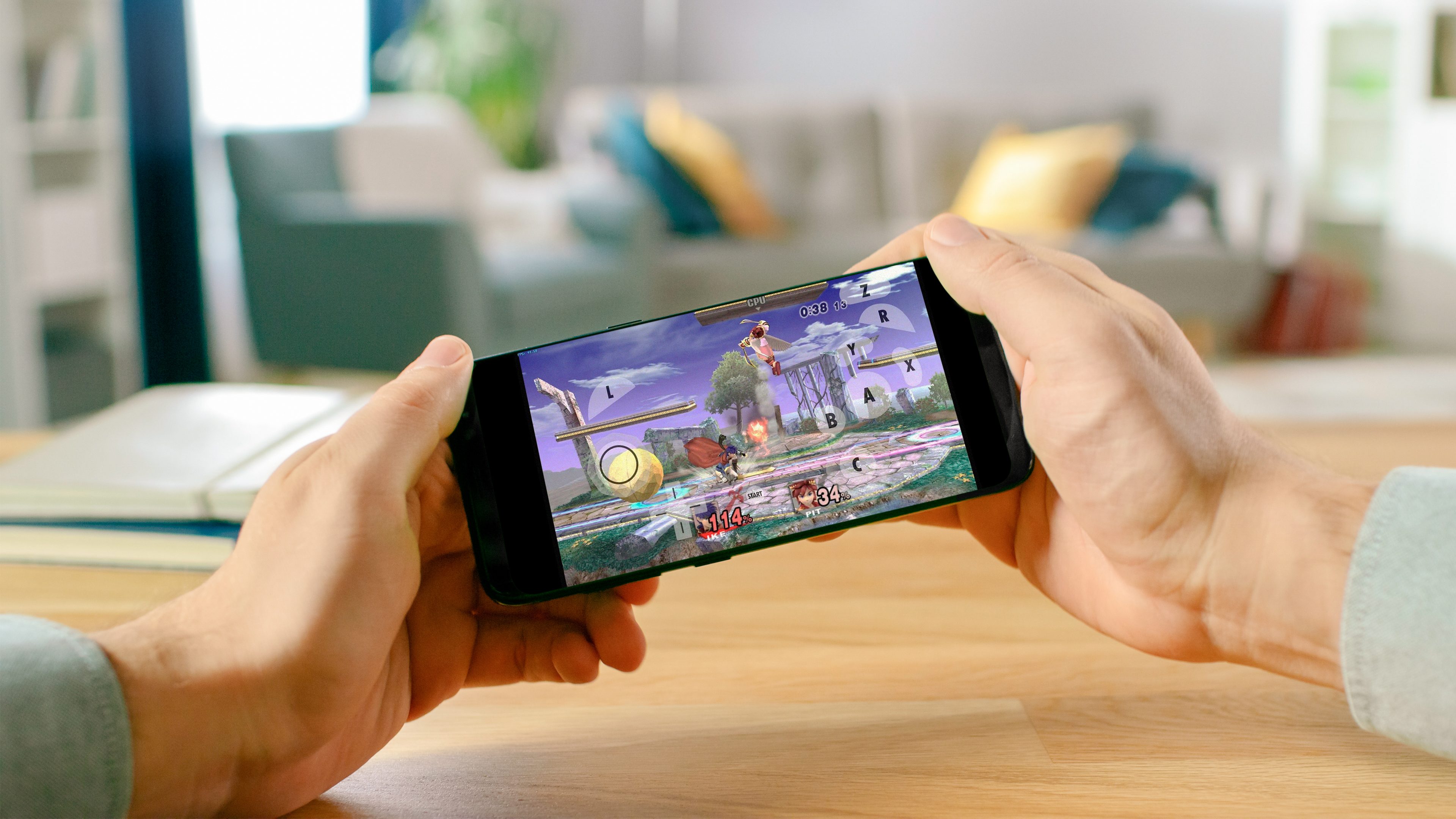
This week, Parag Agrawal, who not too long ago succeeded Jack Dorsey to helm Twitter as CEO, revealed a thread explaining the company’s method to combating spam on the system. That spam, largely perpetrated by “bots,” or representations of Twitter consumers managed by software package, experienced been cited as a issue of worry by Elon Musk, who has agreed to buy the enterprise. Musk replied to Agrawal’s thread in a characteristically colorful fashion, questioning how advertisers could “know what they are acquiring for their money” if the prevalence of bots cannot be quantified with absolute certainty.
It is critical in contemplating this concern to realize the composition of Twitter’s promotion earnings because not every single advertiser has the exact commitment or plans in paying for advertisement impressions. I’ve published extensively (and from time to time, dismissively) about brand name promotion as a exercise, but in the end, there are two marketing techniques that can co-exist in a sort of yin-and-yang symbiosis underneath the broader umbrella of functionality marketing and advertising:
- Brand advertising, which seeks to use promotion impressions to build recognition for a products that will end result in incremental purchases around some enduring, indefinite timeline
- Immediate response promotion, which seeks to use promotion impressions to produce attributable, incremental conversions (generally: purchases) inside some distinct amount of time from exposure to an ad.
As I propose in What is general performance promoting?, brand advertising and marketing is not antithetical to effectiveness advertising and marketing: brand advertising and marketing and immediate response advertising and marketing may well equally be utilized in a functionality marketing and advertising framework simultaneously, or individually at distinct points in a product’s or a company’s lifecycle. The usefulness of brand promoting is generally additional difficult to measure than immediate reaction, and sometimes that opacity of efficiency is utilized as a crutch to stay away from accountability by model marketing and advertising teams. “Building a brand” is an imprecise and nebulous endeavor, and unimaginable assets can be invested into it. Brand name promoting can be pursued within a effectiveness design, but very normally it is not.
At an analyst working day in 2020, Twitter uncovered that 85% of its promotion revenue is created from brand promotion campaigns. This, on its possess, is not a trigger for problem or necessarily an objectively unfavorable profits composition. But the context of this announcement was that Twitter was wholly fully commited to modifying that structure by enhancing its advertising and marketing system these that it could handle additional revenue from immediate reaction advertising and marketing campaigns. Twitter built the position that it felt that direct reaction marketing represented an opportunity for the enterprise: the economics of direct reaction promotion index to the benefit created for advertisers, and therefore immediate reaction profits can scale in a way that is untethered to DAU growth. Brand name marketing is basically a purpose of the sizing of a platform’s consumer foundation: with model advertising and marketing strategies, advertisers fork out for attain on a CPM foundation.
Elon Musk is appropriate: bots stop brand advertisers from quantifying in a reliable way the selection of individuals — authentic, respiration humans — that see its adverts. But Twitter has a more substantial, more pressing issue than bots. Twitter isn’t able to regulate immediate response advertising campaigns at an considerable scale. Repairing this, and welcoming far more immediate response promoting commit to the platform, is a significantly a lot more powerful profits option for the corporation.
Because for the most part, immediate reaction advertisers really don’t treatment about bots. Direct response advertisers improve in the direction of enterprise goals: buys, registrations, and so on. Bots may possibly muddy a direct response advertiser’s knowledge of its CPM metric, but CPM (and achieve) is generally a self-importance metric for direct reaction advertisers. Direct reaction advertisers are centered on “bottom-of-the-funnel” metrics that aren’t affected by bots. This is why, whilst aggravating and unacceptable, the reliable drumbeat of revelations that this-or-that significant advert system inflated its access metrics doesn’t tend to perturb direct reaction marketing budgets. I wrote an op-ed on this topic in 2019 that was not warmly acquired.
Very last December, when Jack Dorsey stepped down from the CEO role at Twitter, I wrote a piece titled Can Twitter become a immediate response advertising behemoth? in which I questioned no matter whether Twitter possessed the constitutional inclination and technical capacity to extend its diminutive direct reaction advertising small business. From the piece:
The most pressing issue for Twitter’s new CEO, to my intellect, is no matter whether the corporation can generate a direct reaction advertising behemoth that can rival other large platforms like Fb and Google…Twitter’s O&O advertising and marketing platform is presently a little something of a chaotic, anachronistic system, and the company marketed the ad tech asset, MoPub, that greatest captured immediate response advert commit on cell. If Twitter sees advertising and marketing earnings, but in particular cellular advertising profits, as an integral part of the company’s expansion, then it must commit full groups to promotion attribution and measurement. Nothing else need to truly issue to the enterprise: expanding immediate reaction marketing revenue really should be Twitter’s initially and most vital aspiration.
Why has not Twitter finished this? There could be structural factors: the Twitter feed is most likely much more frenetic and not as pleasant to direct response ads as other products area places. But if the structure is not the obstacle to creating an important direct response enterprise, and really the hindrance is cultural, then addressing that is pretty much surely a a lot more valuable initiative than totally eradicating bots, which may possibly not be doable and appears to be to be anything of a white whale for Musk.




/i.s3.glbimg.com/v1/AUTH_08fbf48bc0524877943fe86e43087e7a/internal_photos/bs/2022/m/f/G0CmrUScqoaABoBp1t1w/como-jogar-minecraft-trial-navegador-now-gg-passo-5.jpg)

More Stories
iOS Development Insights: Trends and Challenges in Island Growth
Economic Engine: The Impact of iOS Development on Local Communities
Transforming Skylines: How iOS Development Is Reshaping the Landscape